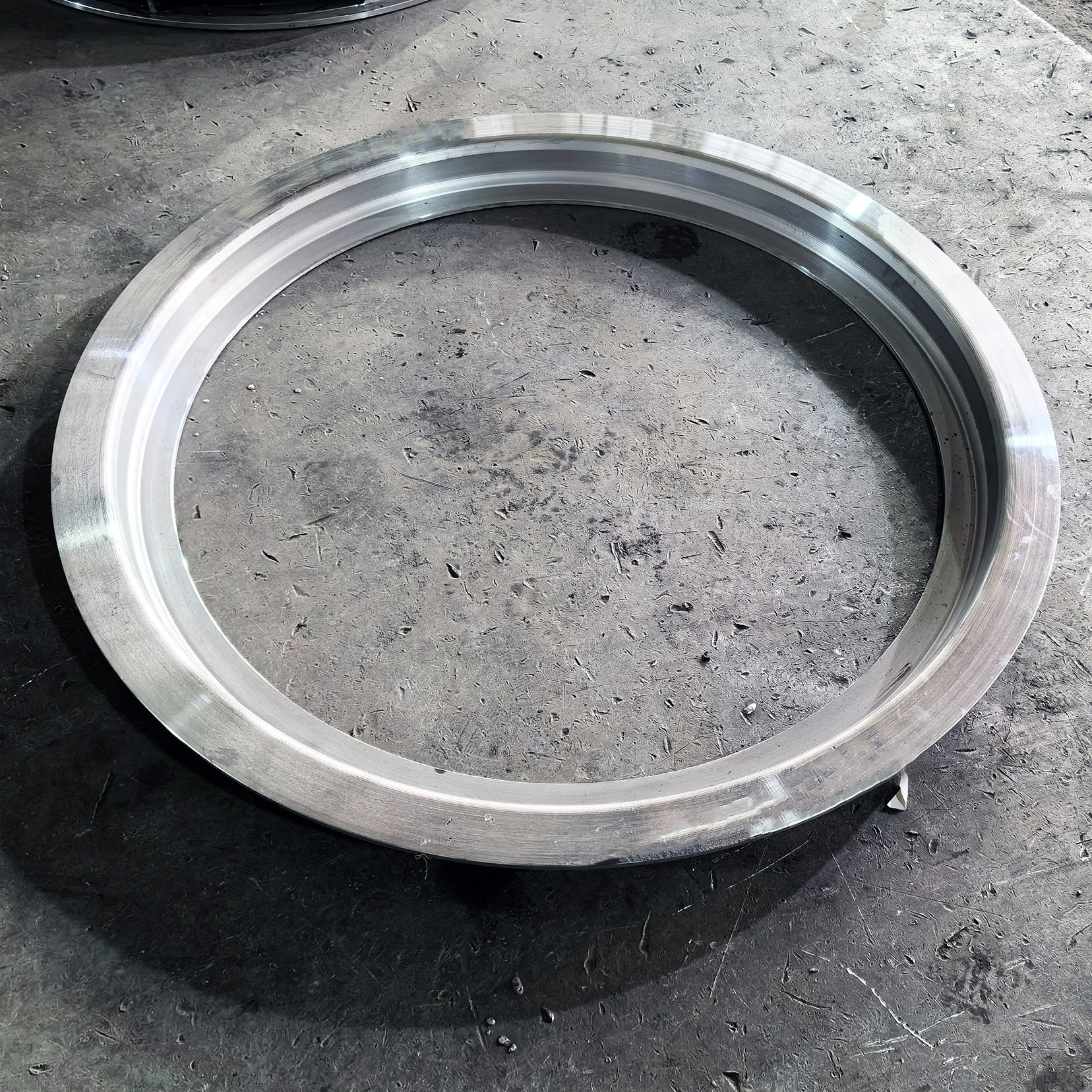- Afrikaans
- Albanian
- Amharic
- Arabic
- Armenian
- Azerbaijani
- Basque
- Belarusian
- Bengali
- Bosnian
- Bulgarian
- Catalan
- Cebuano
- China
- China (Taiwan)
- Corsican
- Croatian
- Czech
- Danish
- Dutch
- English
- Esperanto
- Estonian
- Finnish
- French
- Frisian
- Galician
- Georgian
- German
- Greek
- Gujarati
- Haitian Creole
- hausa
- hawaiian
- Hebrew
- Hindi
- Miao
- Hungarian
- Icelandic
- igbo
- Indonesian
- irish
- Italian
- Japanese
- Javanese
- Kannada
- kazakh
- Khmer
- Rwandese
- Korean
- Kurdish
- Kyrgyz
- Lao
- Latin
- Latvian
- Lithuanian
- Luxembourgish
- Macedonian
- Malgashi
- Malay
- Malayalam
- Maltese
- Maori
- Marathi
- Mongolian
- Myanmar
- Nepali
- Norwegian
- Norwegian
- Occitan
- Pashto
- Persian
- Polish
- Portuguese
- Punjabi
- Romanian
- Russian
- Samoan
- Scottish Gaelic
- Serbian
- Sesotho
- Shona
- Sindhi
- Sinhala
- Slovak
- Slovenian
- Somali
- Spanish
- Sundanese
- Swahili
- Swedish
- Tagalog
- Tajik
- Tamil
- Tatar
- Telugu
- Thai
- Turkish
- Turkmen
- Ukrainian
- Urdu
- Uighur
- Uzbek
- Vietnamese
- Welsh
- Bantu
- Yiddish
- Yoruba
- Zulu
វិច្ឆិកា . 11, 2024 09:27 Back to list
building a heat exchanger
Building a Heat Exchanger A Comprehensive Guide
Heat exchangers are vital components in various industrial processes, enabling the efficient transfer of thermal energy between two or more fluids without mixing them. From power plants to refrigeration systems, understanding how to build an effective heat exchanger can significantly enhance energy efficiency and operational performance. This article outlines the key considerations and steps involved in constructing a heat exchanger.
Understanding Heat Exchangers
A heat exchanger operates on the principle of thermodynamics, primarily utilizing conduction and convection to transfer heat from one fluid (liquid or gas) to another. The efficiency of a heat exchanger is determined by its design, materials used, and operating conditions. There are several types of heat exchangers, including shell-and-tube, plate, air-cooled, and double-pipe heat exchangers, each suited for specific applications.
Key Considerations
1. Types of Fluids The choice of fluids involved in the heat exchange process significantly impacts the design. For example, if corrosive fluids are used, selecting appropriate materials that can withstand chemical degradation becomes crucial.
2. Temperature and Pressure Conditions Understanding the operating temperature and pressure of the fluids helps determine the materials and design specifications. High-temperature applications may require specialized materials like stainless steel or titanium to prevent deformation.
3. Thermal Specifications The required heat transfer capacity and overall heat transfer coefficient will influence the size and design of the exchanger. This involves performing calculations to establish the needed surface area for effective heat transfer.
4. Flow Arrangement The flow configuration—counterflow, parallel flow, or crossflow—affects the heat transfer efficiency. Counterflow designs typically offer better thermal performance compared to parallel flow arrangements.
building a heat exchanger

Steps to Build a Heat Exchanger
1. Design Phase - Start with calculating the required parameters such as heat duty, temperature changes, and flow rates for the fluids involved. Use the heat exchanger formulas and software tools to aid in calculations. - Create preliminary sketches of the heat exchanger layout, considering the selected type and flow arrangement.
2. Material Selection - Choose materials that can withstand the operational conditions such as temperature, pressure, and the nature of the fluids. Common materials include carbon steel, stainless steel, copper, and various alloys.
3. Fabrication - Cut the selected materials to the required dimensions as per your design. - For shell-and-tube heat exchangers, fabricate the shell, tubes, and tube sheets separately. Ensure proper alignment and spacing between the tubes for optimal flow. - Assemble the components using welding or other joining methods, ensuring strong connections to prevent leaks.
4. Testing - Once the heat exchanger is assembled, conduct pressure tests to ensure there are no leaks. - Perform thermal performance tests to verify that the heat exchanger meets the designed specifications.
5. Installation - Install the heat exchanger into the desired system, ensuring all connections to the piping are secure. - Commission the heat exchanger by checking for any operational irregularities and making necessary adjustments.
Conclusion
Building a heat exchanger requires careful planning, precise calculations, and selection of quality materials. By following the outlined steps and considerations, one can construct an effective heat exchanger that maximizes heat transfer efficiency and meets energy conservation goals. As industries strive for sustainability and efficiency, the importance of well-designed heat exchangers remains paramount in achieving these objectives.
-
Durable Centrifugally Cast Iron Water Main Pipe
NewsAug.11,2025
-
Centrifugally Cast Iron Water Main Pipes for Reliability
NewsAug.10,2025
-
High-Quality Centrifugally Cast Iron Water Main Pipes
NewsAug.09,2025
-
Durable Cast Iron Water Main Pipe & Drainage Solutions
NewsAug.08,2025
-
Buy Cast Iron Pipe: Premium Ductile Iron & Drain Solutions
NewsAug.07,2025
-
Durable Cast Iron Water Main Pipe | Buy Ductile Pipe
NewsAug.06,2025


